The Japanese City Where Food Is Steamed in Hell
Chefs have been cooking with Beppu’s hot-spring “hells” for centuries.
Wandering through the small, labyrinthian Kannawa neighborhood in Beppu City is nothing short of dreamlike. Steam spews in dramatic, billowing clouds from hot-spring vents into the sky. Wisps of steam hiss and curl around you, rising from drain pipes and cracks in the road as though the streets are a giant sauna.
Beppu is home to the highest concentration of hot springs in Japan: More than 100,000 liters of water gush from its 2,300-odd hot spring sources each minute. But besides being a bather’s paradise, the city is known for its high-temperature geothermal hotspots—known as “hells”—and a local culinary custom making use of its abundant hot springs known as jigoku-mushi, or hell-steaming.
Scattered around Kannawa, you’ll find large, box-like chambers made of brick or concrete with rows of wooden lids on top. These are jigoku-gama, or “hell ovens.” Typically made of stone or brick and sometimes reinforced with concrete, these chambers are designed to channel geothermal steam from hot-spring sources underground. To use one, you usually twist a valve to release massive jets of super-hot, mineral-rich geothermal steam, which also imbues food with a subtle kiss of sodium chloride.

Your geothermal banquet is limited only by your imagination: A basket of freshly-caught prawns and mussels would be a fine choice, as would seasonal vegetables, bamboo leaf–wrapped glutinous rice, or sake-marinated sea bream. Place your ingredients in a basket, lower it into the oven, cover with a lid, and let the boiling-hot steam work its magic. Steaming time varies by ingredient, but when you retrieve the basket, you’ll be rewarded with food that tastes like the best version of itself, the steam bringing out its subtle flavors and imparting a tinge of saltiness.
For restaurant owner and Kannawa native Haruko Yasunami, hell-steaming was part of daily life when she was growing up. She remembers visiting Daikoku-ya—one of the local inns—every spring with her neighbors. She’d bring a bushel of young bamboo shoots gathered from the hill near her family’s house, for cooking in the inn’s hell ovens. Bamboo shoots are notoriously fiddly to prepare in the traditional way, requiring several rounds of boiling to remove the bitterness, but simply steaming renders them sweet and tender.
“To thank them, we’d give them some steamed bamboo shoots,” reminisces Yasunami. “But everyone did that, so they would be completely inundated with bamboo shoots. They were like, ‘Please, no more!’”

Cooking with geothermal steam isn’t unusual in volcanic regions across the world—think Iceland’s hot-spring bread or the Azores’ cozido, for starters—and it’s possible that early humans were cooking with hot springs as early as 1.7 million years ago. References to cooking at Japan’s hells date back as early as the eighth century. But it wasn’t until the Edo period (1603–1867) that hells-oriented tourism brought an influx of visitors to Beppu’s springs.
Thanks to the development of a well-maintained nationwide road network, people across social classes were able to travel on the pretext of undertaking religious pilgrimages (leisure travel wasn’t an officially-sanctioned recreational activity), and those who had heard of the hot springs of Kannawa would occasionally stop by for a spot of tōji, or onsen therapy.
While the idea was to recuperate and soak away your ailments in mineral-rich hot springs for a few weeks, visitors to the area were also much taken with hell-steaming. The 19th-century illustrated guide Tsurumi Shichitō no Ki chronicled how villagers living near the springs steamed food in a “wild” manner, creating a “makeshift oven around the vents, laying straw mats over the steam … arranging sticky red rice, tubers and rice cakes on the mats, then covering them with another layer of straw mats to cook them.”

The book also included recipes for hell-steamed dishes, such as karukan (a spongy confection made from rice flour, sugar, and grated Japanese yam) and Ryukyu sweet potatoes, as well as praise for hell-steamed sweets like camellia cakes, which one confectioner declared as good as the sweets made with the waters of the Kamo River in Kyoto.
With the exception of some advanced Meiji-period steam chambers, for the most part, hell-steaming remained rudimentary until the early 1900s, and delightfully so. In his memoirs of traveling around Japan between 1901 and 1906, the British photographer Herbert George Ponting describes with wonder the ubiquity of hell-steaming in Kannawa, where “the crust of the earth is so impregnated with volcanic heat that almost anywhere steam can be tapped by punching a hole in the ground with a crow-bar,” and how “nearly every house has a set of holes outside it, which are used for cooking purposes.”
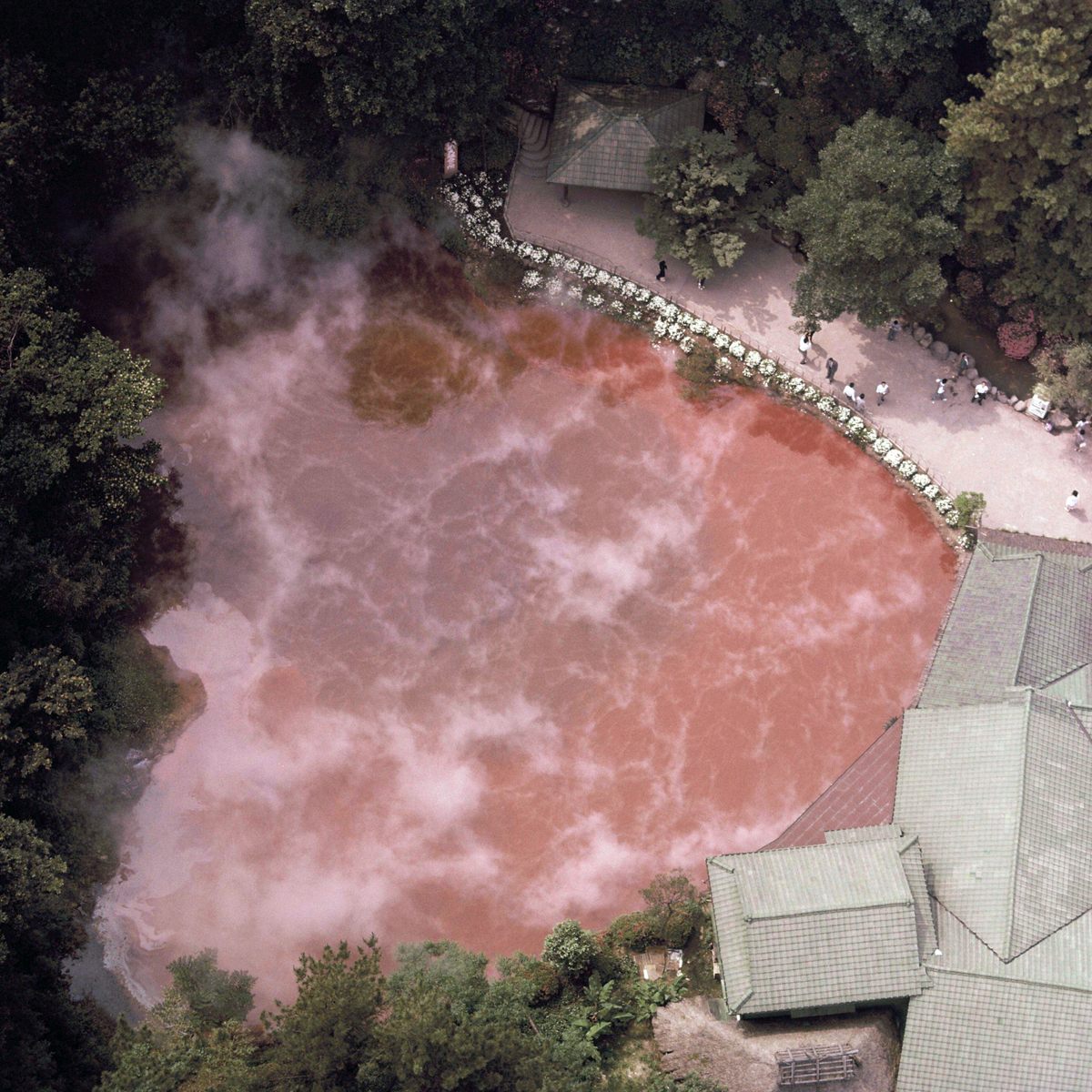
Even children knew how to enjoy the hells: Meiji-period records describe them pushing sticks of bamboo into the ground to create their own vents, and steaming branches of freshly-picked soybeans from the fields to snack on.
“During the postwar years, children would also leave some sweet potatoes near steam rising through cracks in the ground,” says Shin’ichirō Maeda, head chef of Mushi Charō, a restaurant specializing in hell-steamed cuisine. “After playing, they’d have a delicious treat waiting for them.”
In the early 1900s, a few enterprising local landowners began charging admission fees to Beppu’s hells, marking the beginning of Kannawa as a major tourist destination. A crop of “rental room” businesses (kashima) sprung up in the late 1920s around Kannawa, a few of which still exist today. Thanks to the abundance of geothermal heat, business overheads as well as room prices were extremely low, which enabled budget travelers to stay in Kannawa for weeks at little cost. Much like backpacker hostels, rental rooms gave customers access to a communal kitchen with shared cooking facilities, allowing guests to mingle and befriend each other over a hell-steamed meal.

Hell-steaming today is a much more tourist-oriented practice than was the case during Yasunami’s childhood. Most local residents don’t eat hell-steamed food on a daily basis unless they have their own hell ovens. Of course, they can always use their neighbors’ ovens, but these days they might pay a small fee to the owner.
“Back then, we didn’t have this concept of paying to use it,” says Yasunami. “But when they began letting tourists experience hell-steaming, they had to put a price on using the hell ovens.”
As part of its efforts to promote culinary tourism in Beppu, the city opened the volunteer-run Jigoku Mushi Kobo Kannawa (literally: “Kannawa Hell-Steaming Workshop”) in April 2010, which is now used by visitors and local residents alike. Here, you can rent a hell oven in increments of 10 to 15 minutes and steam baskets of ingredients purchased from the center. You can steam pretty much anything, and you don’t have to stay at an inn or rental room to do it. “Hard-boiled” eggs are especially delicious: Steaming is far gentler than boiling them, and produces consistently tender, easy-to-peel eggs with a trace of saltiness.
Recent years have also seen hell-steamed purin (crème caramel) becoming popular with visitors, particularly those sold at Okamoto-ya in nearby Myōban Onsen. The treats are beautifully silky, with a gorgeously bitter caramel sauce and only the faintest hint of hot spring sulfur (I tried one and went home with six more). Not only do they appeal to a younger crowd, they’re a change from the traditional hot spring manju (wheat dumplings).
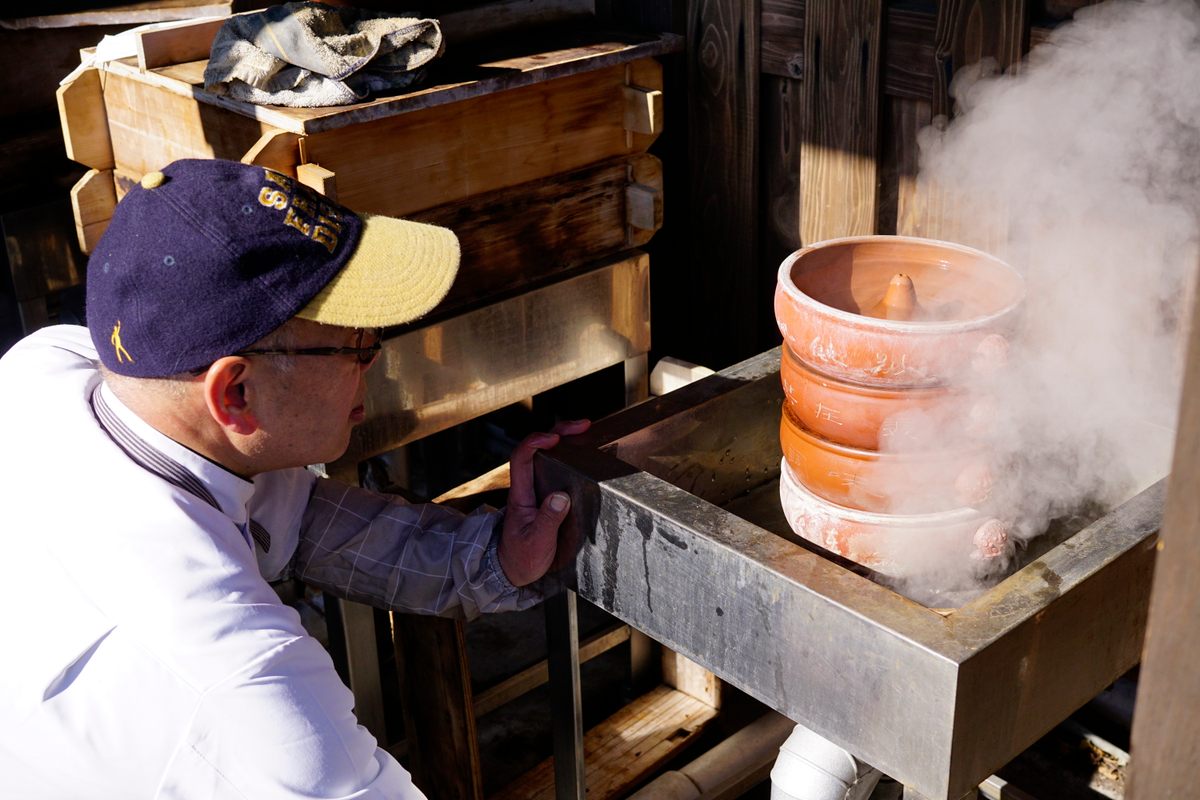
One of the most intriguing culinary applications of hell-steaming, however, might be at the restaurant Mushi Charō, which serves Chinese cuisine steamed at lower temperatures—between 40°C to 90°C (104°F to 194°F), depending on the ingredient or dish. The idea is that food tastes better and retains its nutrients more readily when cooked with fine, gentle steam rather than hot, uneven steam—like sous-vide, but with steam. To achieve this, Chef Maeda’s custom-made, stainless-steel steamers regulate the saturation and temperature of the geothermal steam that emerges from the restaurant’s underground vents.
There are but a few restaurants in Kannawa serving hell-steamed cuisine. Beppu is awash with hot spring sources, so why aren’t there more restaurants exploring its culinary possibilities? For starters, there’s the cost of a hot spring source: Purchasing the rights to drill for one costs northward of several million yen before all the construction and maintenance costs. Kannawa is a designated protected area in Beppu, and only current rights holders are allowed to replace a source if theirs stops working.

“It’s not exactly forbidden, but you can’t drill [a new hot spring source] if there’s already one within 80 meters,” explains Yasunami. The Kannawa area is small, and has more or less maxed out on hot spring sources under existing regulations. “Essentially, it’s impossible.”
Hell-steaming has always seemed like an endlessly renewable resource, but recently, there’s been cause for concern: The volume and temperature of steam and water across Beppu’s 2,300-odd hot springs have taken a noticeable dip since 2019. The exact reasons aren’t yet clear, but Eiichirō Tsutsumi, a local tourism officer working with culinary guide Savor Japan, thinks the increased use of geothermal resources in recent years for tourism and electricity generation may be a contributing factor.
Whatever the cause, the ramifications are real: Jigoku Mushi Kobo Kannawa was forced to temporarily close its operations for two months in 2019 as the steam’s temperature wasn’t hot enough for its normal operations. Inns and other businesses are worried about the possible effects on their hot springs. None of this, however, affects Maeda’s low-temperature operations.
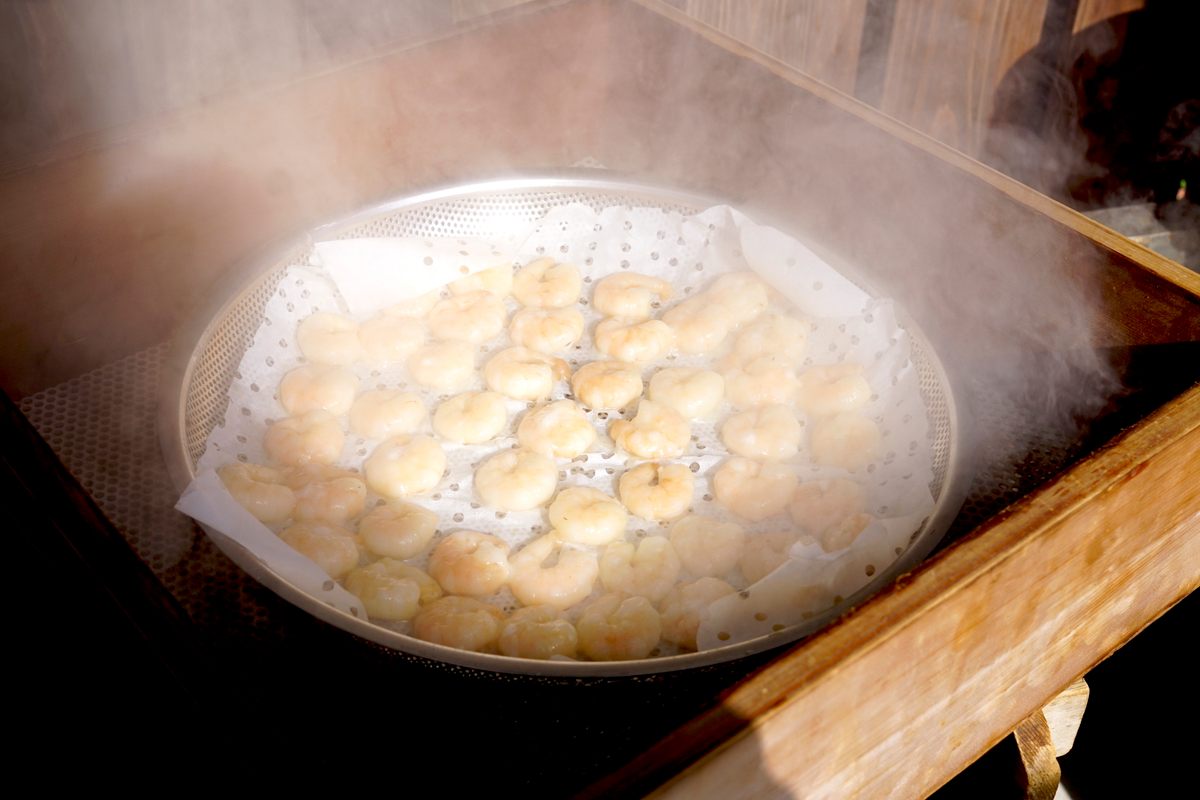
“There was so much panic and concern at Jigoku Mushi Kobo Kannawa when the steam temperature dropped to 70°C,” says Maeda, chuckling. “But I just thought, how lucky, the food will be even more delicious!”
“It would be interesting if the staff there could adapt to cope with lower steam temperatures [when it happens again], but not everyone is as knowledgeable about steaming as Maeda is,” adds Tsutsumi. “They might not know how much longer to steam an egg if the steam temperature drops to, say, 50°C.”
Still, for the time being, hell-steaming isn’t going anywhere. Visitors to Beppu can still sample all kinds of hell-steamed sweet treats, cook at the hell ovens of Kannawa, or eat their way through a multi-course hell-steamed dinner at Mushi Charō. You might just find a taste of heaven in this literal hell’s kitchen.
Gastro Obscura covers the world’s most wondrous food and drink.
Sign up for our regular newsletter.



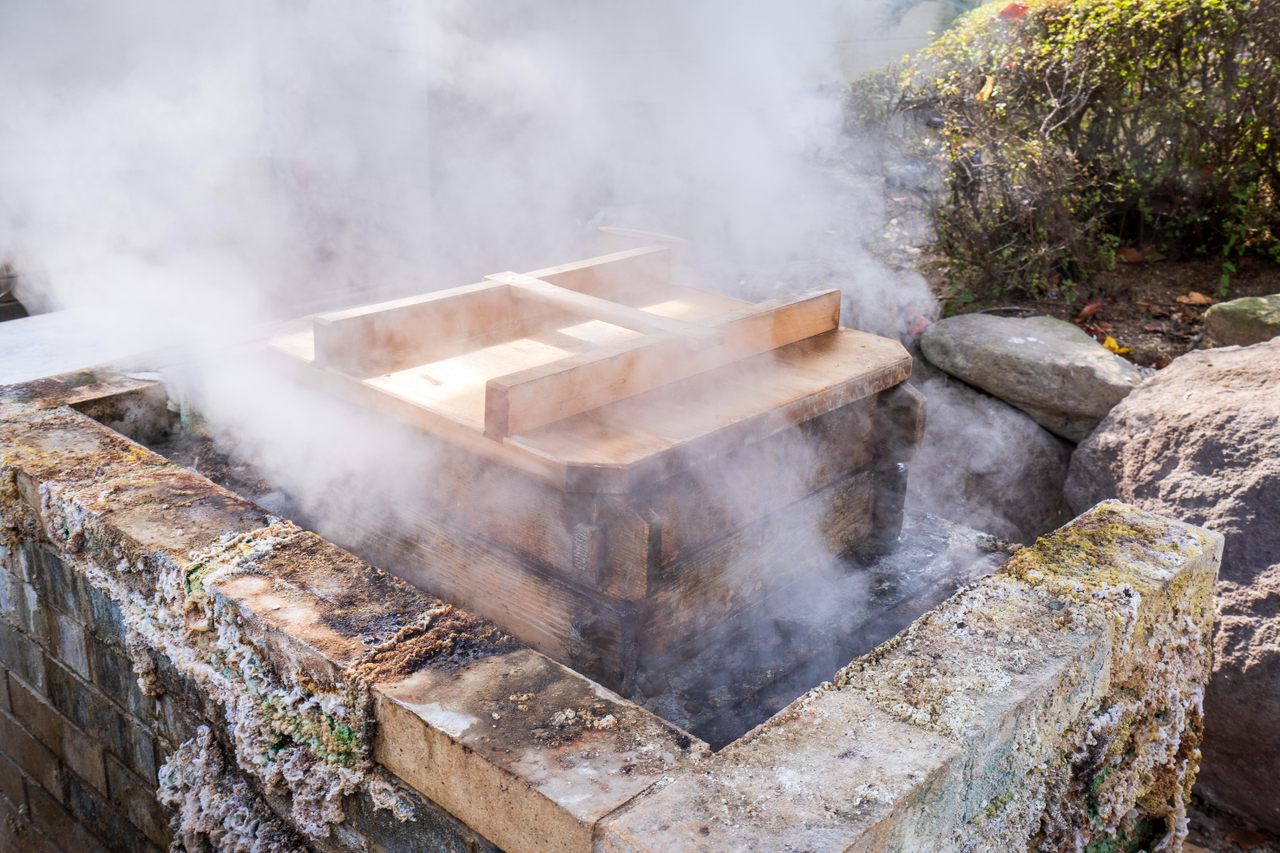




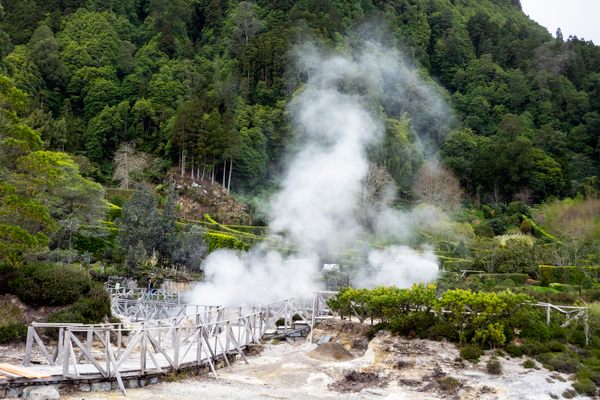

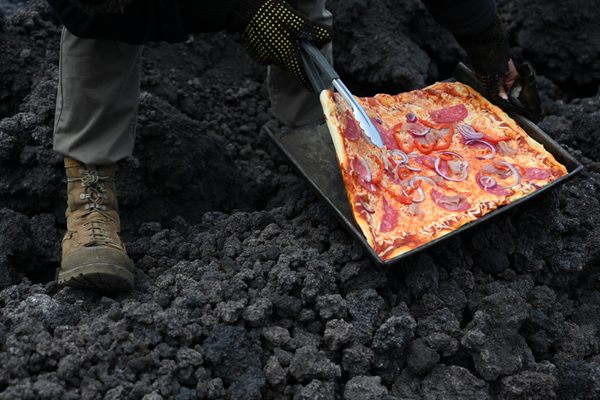













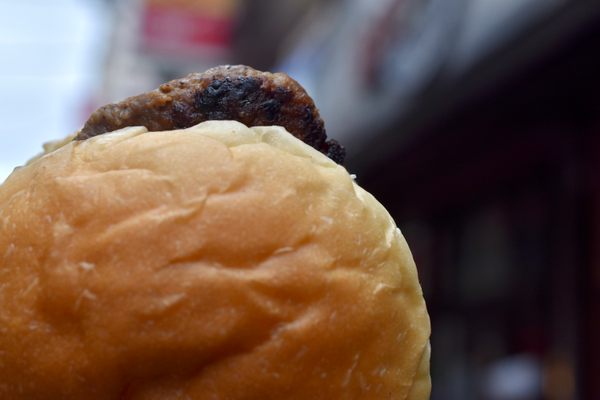




Follow us on Twitter to get the latest on the world's hidden wonders.
Like us on Facebook to get the latest on the world's hidden wonders.
Follow us on Twitter Like us on Facebook